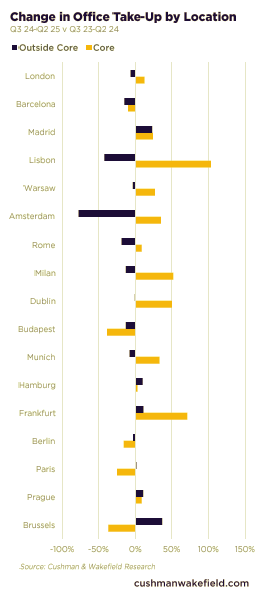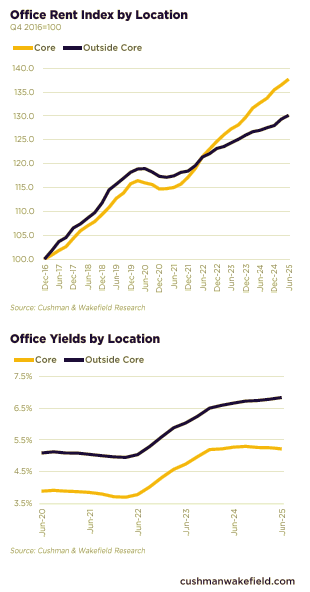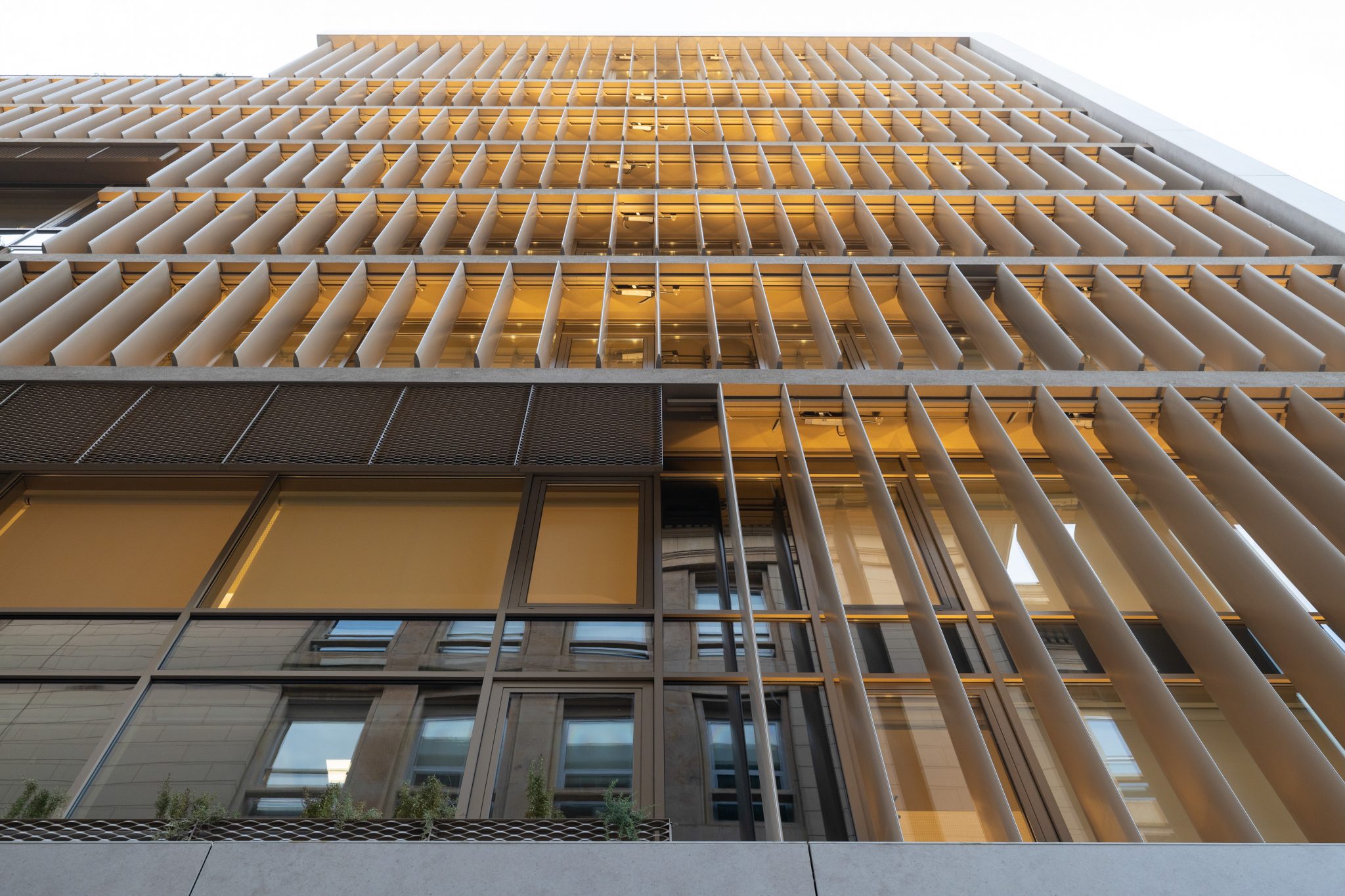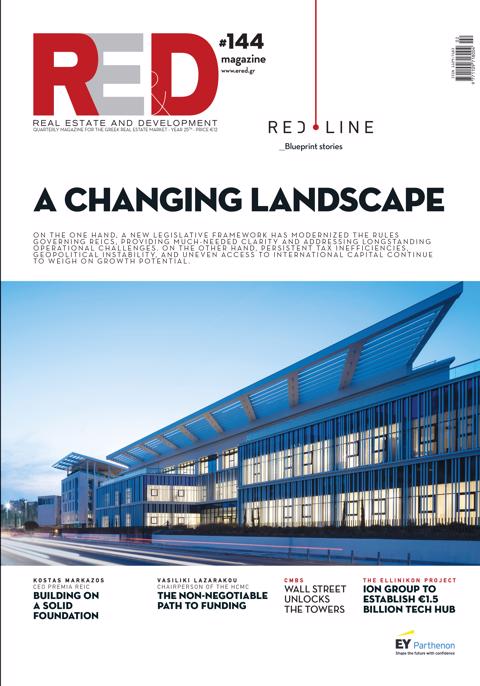According to the latest report by Cushman & Wakefield, office space users across Europe are once again gravitating towards Central Business Districts (CBDs), placing increasing emphasis on connectivity, proximity to transport hubs, and the availability of amenities.
As organizations intensify their efforts to attract talent and encourage employees to return to the office, nearly 75% of office leasing activity over the past twelve months has been concentrated within CBD cores — a figure that represents a significant increase compared to pre-pandemic levels.
This trend is particularly evident in cities such as Frankfurt, Milan, Amsterdam, Madrid, and London, where demand for high-quality office space in strategic locations continues to strengthen.

The renewed interest in central urban areas is bringing about significant shifts in the market:
- Leasing activity for core assets in prime city locations has increased by 10% year-on-year.
- Activity outside city centers has declined by 4%.
- Vacancy rates within core areas have fallen to an average of 7.1%, while those in non-core zones continue to rise.
- Prime rental values in core districts are experiencing stronger growth.
- Investor focus has once again turned toward core assets, with values rising and yields compressing.
- The market is increasingly prioritizing location as the decisive factor — even over quality — as office occupiers seek spaces that foster flexibility, collaboration, and hybrid work models.

The return to city centers reflects a profound reassessment of workplace priorities in the post-COVID era. According to the study, companies are being called upon to redesign their work environments in order to attract and retain talent—by creating accessible, amenity-rich spaces that foster creativity and collaboration.
Given the constraints in supply and the ongoing decline in availability, both occupiers and investors are urged to act proactively to secure the right spaces at the right price.
Pressure on non-central areas is expected to intensify, driving greater demand for improved transport connectivity and infrastructure upgrades. Nevertheless, the resilience of Central Business Districts reaffirms their enduring importance in shaping the future of work and investment across Europe.















